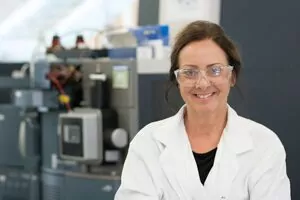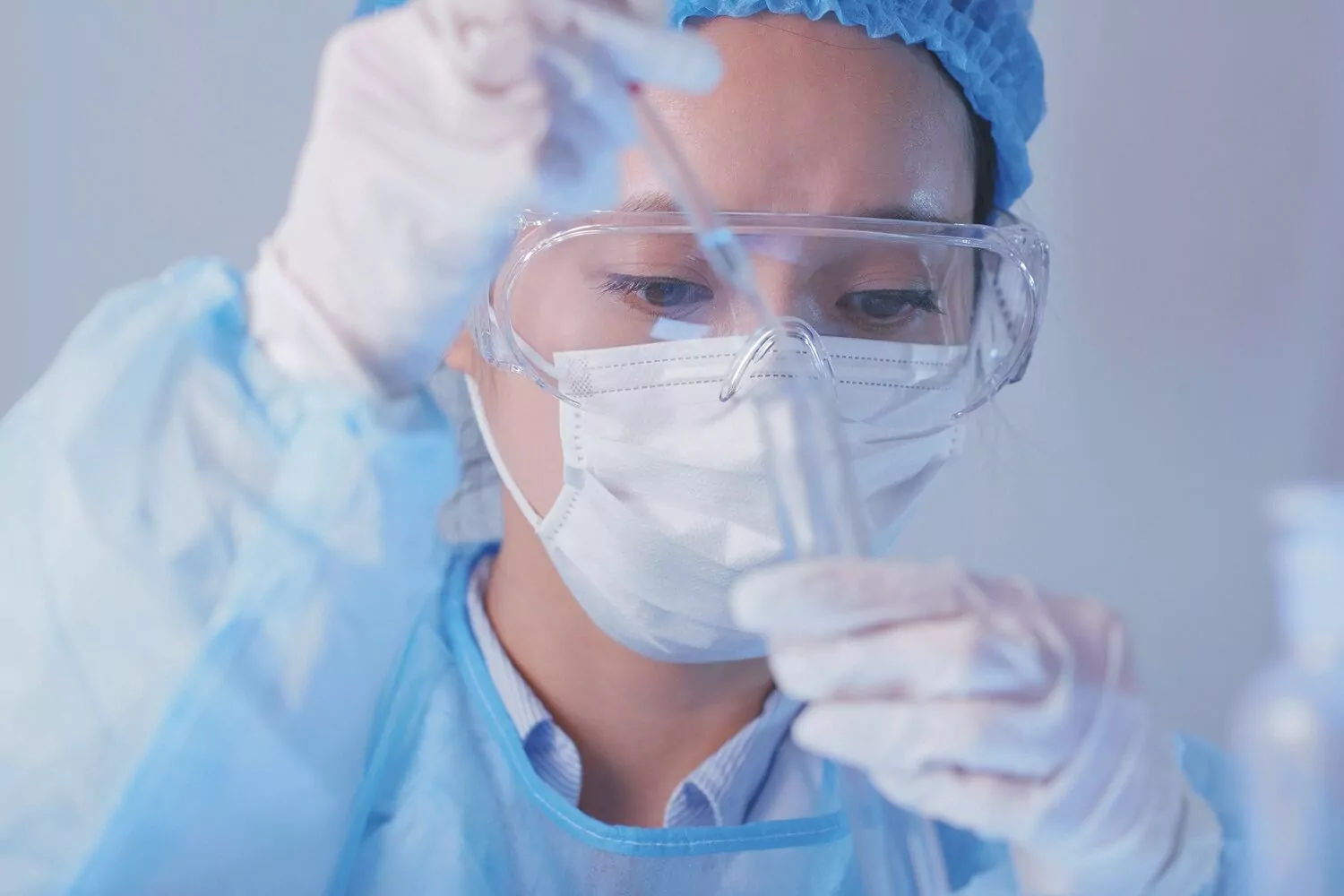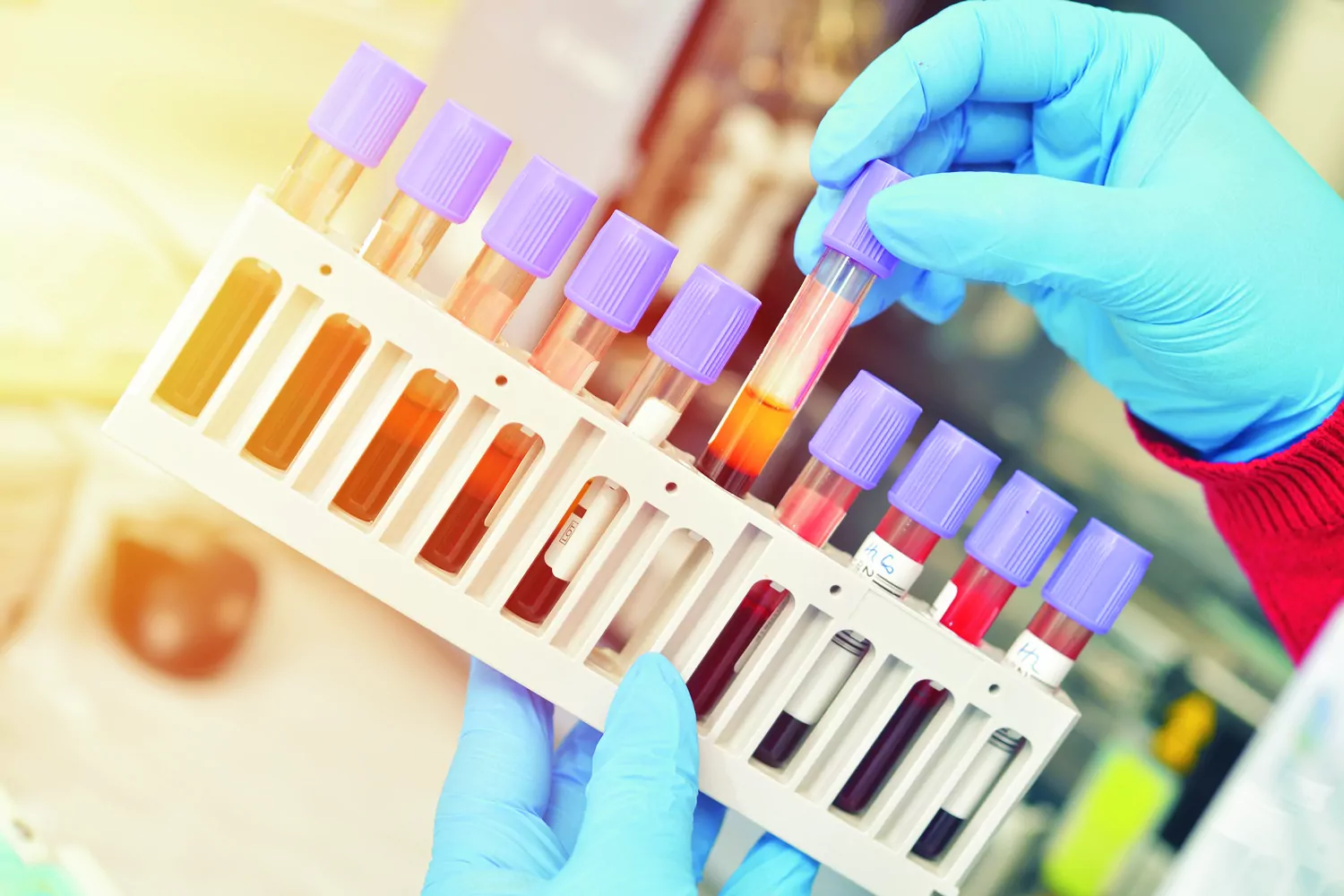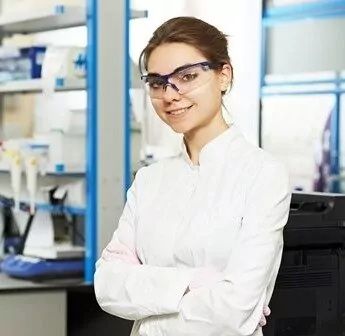A Day in the Life of Michelle Wood, R&D Toxicology Manager, Scientific Operations

Michelle works in the Scientific Operations department in Wilmslow, UK. Her team is responsible for identifying high-demand assays and developing appropriate LC-MS solutions for use in toxicology. This is followed up with application support to Waters’ scientists and customers in their labs.
8:30 Emails
I start the day by checking emails. From the lab here in Wilmslow, we support and collaborate with customers in all geographies so it’s usual to find that quite a few emails have arrived overnight. I start my day with some from the Asia-Pacific region; this morning I have some great news from our partner in Malaysia – they confirm that all the paperwork is now in place to start a new project with a hospital laboratory in Kuala Lumpur. We will be collecting urine samples and analysing the samples using our screening system that combines QTof MS with UNIFI Software. We know that different geographical locations often see quite different patterns in recreational and illicit drug use – so broad-based screening studies can provide valuable insights for authorities and health professionals alike – it should be interesting.
Staying at my desk, I make arrangements for flights to Albany, New York; I will be visiting one of our key collaborators next month and really looking forward to the trip.
We have been working together for around eight years and at any point in time we usually have two or three projects running; one of our latest is novel technique to enable simultaneous screening and quantification for 64 drugs and metabolites using fast UPLC-MS/MS – while this is not novel in itself – we use a very interesting approach to achieve accuracy without the use of stable isotope internal standards. We just had the manuscript accepted by the Journal of Analytical Toxicology so I’m excited that this will be in print around September/October time.
During this next visit, we plan to do some more work on fentanyl analogues. These substances are currently a major issue globally; we have already added data for quite a good number of analogues into our UNIFI Toxicology Library and hope to do some more on this, as well as starting work on a hair screening project.
9:30 Good laboratory practices
A small number of clinical and toxicology team members get together for a meeting to review one of the Work Instructions we implemented several years ago.
Quality is something we take very seriously, and in order to have confidence in the data we obtain, we need to ensure that we maintain good laboratory practices – so several years ago, the clinical and toxicology team members created a series of standard operating procedures (SOPs)/Work Instructions covering many of our routine lab activities, such as using a roller-mixer or the correct use and maintenance of air-displacement pipettes, etc.
These might seem like small things but in reality they are critical and key to developing accurate, reliable, and robust methods. We have more than 30 such protocols (a huge team effort to develop at the time) but nowadays, as part of our continuous improvement activities, we periodically review the SOPs and confirm that they do reflect actual practices. If any changes are required we update and train out to the wider team. Today we are reviewing one related to correct use and maintenance of the pH meter.
10:30 Work on the toxicology library
Grab a coffee and then it’s back to my desk for some work on the toxicology library.
Waters offer a UNIFI Forensic Toxicology Screening Application Solution which includes instrumentation, software, library, analytical methods, and reagents. We aim to get as close as possible to providing a “turn-key” solution. The list of drugs that need analyzing is constantly increasing as new prescription and over-the-counter drugs are approved for use and illicit drugs are discovered. To save our customer’s time and money we make an effort to prepare (and maintain) the library.
However, we also collaborate with many of the users of this solution who share their own data such that other customers can benefit. This morning I have received data for around 10 psychoactive substances from a UNIFI user in Australia – these will be added into the next version of the library.
We’re planning to release the next update (library and other media) quite soon – so right now I’m spending quite a few hours a week on these activities. This time there has been a strong focus on adding data for new and novel psychoactive drugs and, where possible, their metabolites. We use the library to screen for the drugs we do know about… but, to be honest, that’s only part of the picture. We are living in a crazy world, and unscrupulous chemists are constantly “tweaking molecules” and creating new analogues all the time – however thankfully we do have some very cool tools within UNIFI to help us identify these unknowns!
12:30 Lunch
13.00 DART-QDa project
One member of the tox team, Nayan Mistry, is currently evaluating the use of DART (Direct Analysis Real Time) in combination with the ACQUITY QDa instrument. We head to the lab to review some of the recent data and discuss next steps.
14.00 Tea and tech meeting
Each member of the toxicology team has their own development projects. Once they’ve developed a method and put it through its paces, one of the most satisfying aspects of our work is to write it up and share. Typically our work is written up in an application note or a shorter technical brief (our format of choice to communicate early proof-of-principle work).
This month, Gitte Barknowitz has completed a write up of a method for an alcohol biomarker (PEth) in whole blood and Rob Lee has just completed a piece of work to evaluate performance of a single analytical protocol (OASIS MCX sample preparation, followed by UPLC-MS/MS) with three different oral fluid (saliva) collection devices. So we get together for an afternoon tea break and take in turn to present and discuss the science… very informally! (i.e., between slurping tea, coffee, and munching cake).
15:00 Work on poster
Back at my desk, I put the finishing touches to a poster which will be presented at a toxicology conference next month. I send off to the printer. This one will be printed on fabric (a great advance!), so it’s reuseable and also far more convenient to transport – pop into the suitcase rather than lugging around a giant poster tube!
15:30 Remote training
Time for a quick call with a customer who is looking to understand how to do a particular task in UNIFI Software – they are new users, but, as always, sometimes it’s faster to hook up by phone (or over the internet remotely if possible) and guide folks through steps than emailing a list of instructions.
16.00 Catch-up meeting with UNIFI’s customer success product owner
Meet with Alessio Zammataro over a coffee to discuss software developments – all members of the Scientific Operations team at Waters have close links with the product managers on both the hardware and software side. Today I quiz Alessio on what is currently included in the next planned software release.
Together we finalize arrangements for getting an early evaluation copy of software to a valued collaborator in Denmark who plays a key role in evaluating and providing input in the development of the UNIFI informatics product and its application in forensic toxicology.
17.00 References and emails
Settle down to read a reference that I became aware of this morning via an email notification – the report examines the various biological matrices and their potential use in drugged driving, i.e., driving under the influence of drugs (DUID). This particular reference is concerned with UK testing and legislation but this is a very hot-topic around the world, and understanding the subtleties of the different requirements within the geographies is crucial if we are to develop methods that are fit-for-purpose.
A couple of emails to tick off the list before joining a live webinar, organized by the National Institute of Justice and scheduled for 1 p.m. in the U.S.
18.00 Webinar
Joined the webinar on fentanyl analogues (“fentalogs”) presented by Dr. Barry Logan of NMS labs in the U.S. Excellent presentation – very informative and a great way to round off my day!
We hope you enjoyed taking a look #behindcloseddoors at Waters Wilmslow!
- To find out more about other ways we ensure customer success beyond instrument specifications, check out how the Waters Xevo QTof Mass Spectrometry system can transform your lab.
- Considering career options? Take a look at our current openings around the world.
A Day in the Life at Waters…
- Mark Halifax, Senior Analytical Scientist, Systems Evaluation
- Michelle Wood, R&D Toxicology Manager, Scientific Operations
- Ian Davidson, LC-MS System Service Engineer
- Vicky Starkie, Customer Success Team
- Dipesh Mistry, Principal Service, Support, and Development Engineer
Popular Topics
ACQUITY QDa (17) bioanalysis (11) biologics (14) biopharma (26) biopharmaceutical (36) biotherapeutics (17) case study (17) chromatography (14) data integrity (22) food analysis (12) HPLC (15) LC-MS (22) liquid chromatography (LC) (20) mass detection (16) mass spectrometry (MS) (54) method development (13) STEM (12) sustainability (12)



